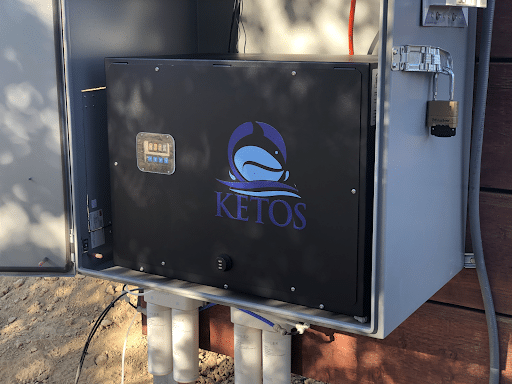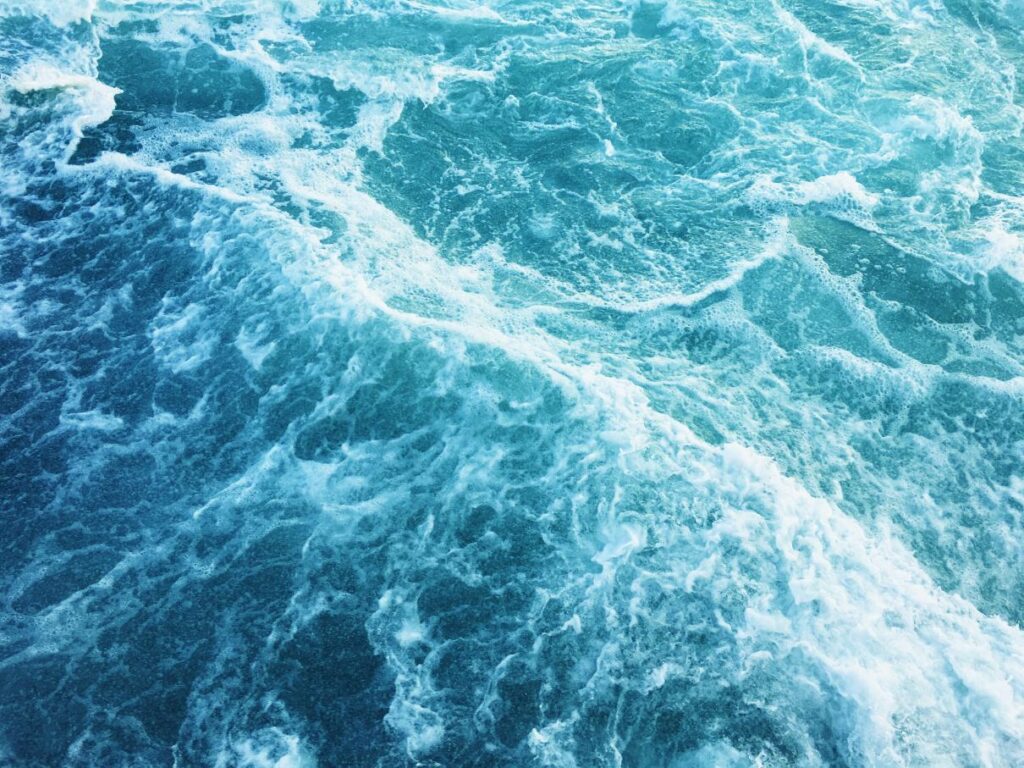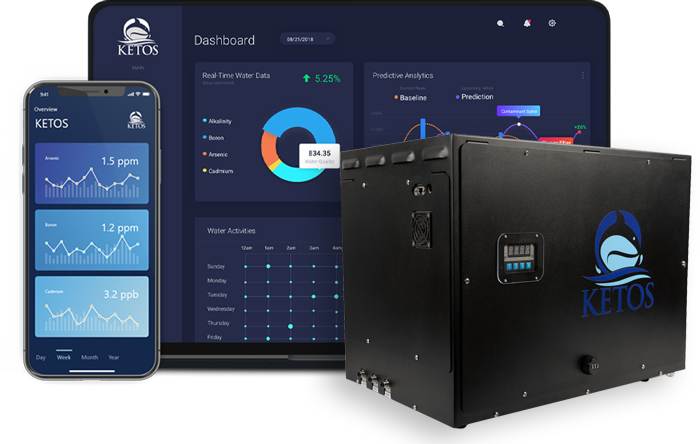Surface Water and Water Quality
Water Quality Monitoring for Agriculture, Municipal, and Industrial Applications
Identify Issues Before They Emerge
Water Quality Monitored in Real-time
Manage Compliance Thresholds
Surface Water and Water Quality
Surface water availability and quality are critical concerns in various industries, including agriculture, municipal, and a host of industrial applications.
Many agricultural operations understand the correlation between surface water and the success of their operations. Surface water testing is integral to delivering quality produce and crops to the American market year after year. The quality of surface water, when used to feed crops, the quality of surface water can affect the overall harvest size, quality, and taste. Farmers using surface water to hydrate their flocks and herds can also be affected by surface water quality (or a general lack of availability. Across the spectrum of farms and farming techniques, surface water testing is essential to ensure business success as well as to protect the surrounding environment from contamination caused by runoff from farms (excrement as well as fertilizer and chemical applications or fields).
Even as industrial water withdrawals are heavily dependent on surface water, America, and the world at large, is seeing this water source dwindling as climate change affects not only rainfall patterns but also glacial ice melt. As extreme weather events continue to become the new normal, it’s becoming ever more apparent that surface water must be treated with care and can no longer be seen as a limitless exploitable resource.
Entities that illegally dump water violating EPA limits (in the US) and other water quality standards also impact surface water quality. As a result, surface water can be excessively contaminated without insight into what organizations might be responsible. Therefore, surface water testing remains essential to ensure the quality of existing supplies.

Autonomous Water Quality Monitoring for Surface Water
Frequent remote monitoring of source water, discharge water, surface water, and the surface tension of water enables organizations to identify issues that impact surface water quality in real-time and, in some cases, identify problems before they emerge.
By being proactive, organizations can better leverage surface water use. For example, understanding the composition before application allows organizations to balance chemicals better and ultimately use less, leading to less cost and less strain on the environment or remediation processes. Organizations can also temper use and conserve surface water resources by understanding how much water their operations use and why. This can ultimately lead to more thoughtful water usage, putting less strain on already stretched surface water supplies.
The KETOS SHIELD and the KETOS Smart Water Intelligence Platform create a vertically-integrated quality solution and work in tandem to remotely provide lab-accurate water quality data in real-time – enabling operators to manage compliance thresholds, ensure water quality, conserve water, and reduce costs.
Learn More About KETOS SHIELD
Download the KETOS SHIELD Fact Sheet
"*" indicates required fields

Surface Water Case Study
In many parts of the world, surface water is a precious commodity – and, after years of drought, farmers in California’s Central Valley are building better water conservation processes to protect their business. Learn how one vineyard in the area (specializing in grapes, almonds, and other crops) has leveraged KETOS to gain real-time insights into their water quality and conserve surface water while staying compliant and growing reliable crops of the highest quality.
KETOS Overview Video
Did you know
Industrial withdrawals were an estimated 14,800 million gallons/day - about 5% of total withdrawals for all categories of use. Surface water was the source for 82% of total industrial withdrawals.
Surface water sources depend on runoff from adjacent land and/or groundwater springs. These, in turn, depend on rainfall rates that vary from year to year.
Of all the water used in America in 2015 about 74% (237,000 Mgal/d) came from surface-water sources.
Extreme weather events, such as floods or tropical storms, are expected to be more frequent. Climate change is projected to increase the fluctuations in precipitation and surface water supplies, reducing snow packs/glaciers which will ultimately affect water requirements.
What Water Quality Parameter Do You Test Most Often?
The KETOS SHIELD remotely monitors dozens of water quality parameters. Which one do your water operators test most often?




